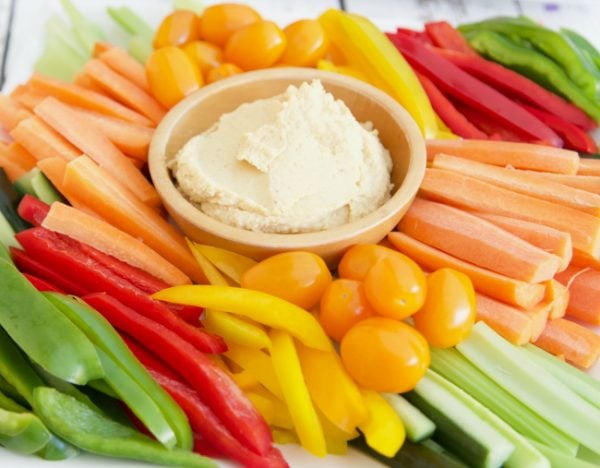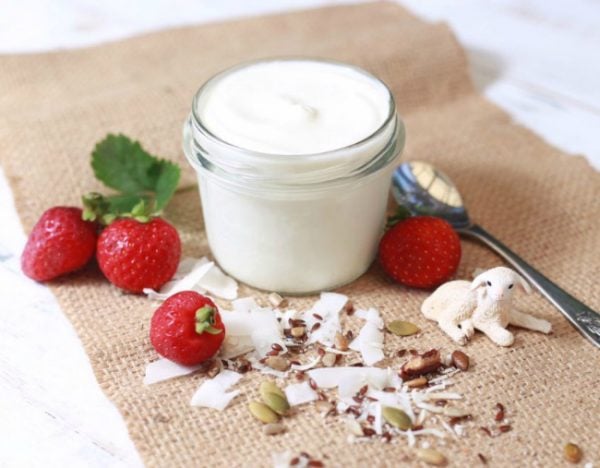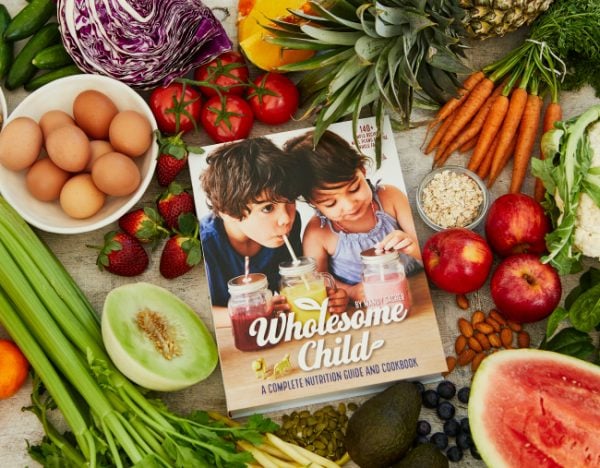
More and more research is pointing to beneficial bacteria and a healthy gut being the cornerstone of our children’s health. Many conditions such as ADHD, autism, allergies and even obesity are being attributed to a disturbance in the microbiome-gut-brain axis (the biochemical signalling that takes place between the gastrointestinal tract and the central nervous system). Proper development of this critical relationship during infancy and childhood is vital for long-term health.
As our children’s systems are still developing they are extremely vulnerable to toxins in their environment. Their gastrointestinal tract provides vital functions for immunity and by protecting and maintaining healthy gut flora you ensure the integrity of your child’s immune system. When there are changes to the microflora in your child’s gut through antibiotic use or an overgrowth of yeast or bacteria, this can change the balance of the flora and deplete the beneficial bacteria.
There are many probiotic-rich foods that can contribute to the health of your family such as yoghurt, bone broth, fermented vegetables and kombucha. However, many children’s diets – especially fussy eaters – lack these nutrients. Also, sugary foods create the perfect environment for harmful bacteria to flourish as well as for yeast overgrowth. When sugar causes dysbiosis (microbial imbalance) it can lead to leaky gut syndrome where toxins enter into the bloodstream and can cause a range of inflammatory conditions such as bloating, food sensitivities, fatigue, digestive issues and skin problems.
While it is the ideal for kids to get their daily nutritional requirements from food, when it comes to supplementation there is one exception: Lactobacillus and Bifidobacterium probiotics. Mounting research shows supplementing from birth with probiotics can play a major role in maintaining a strong immune system and overall good health. To choose the right probiotic for your child, look for multi-strain brands that contain Bifidobacterium and Lactobacillus for kids and speak to a trained health practitioner.







Top Comments
Thanks for this! Consider boosting your child’s diet with natural probiotics and perhaps taking a probiotic supplement.